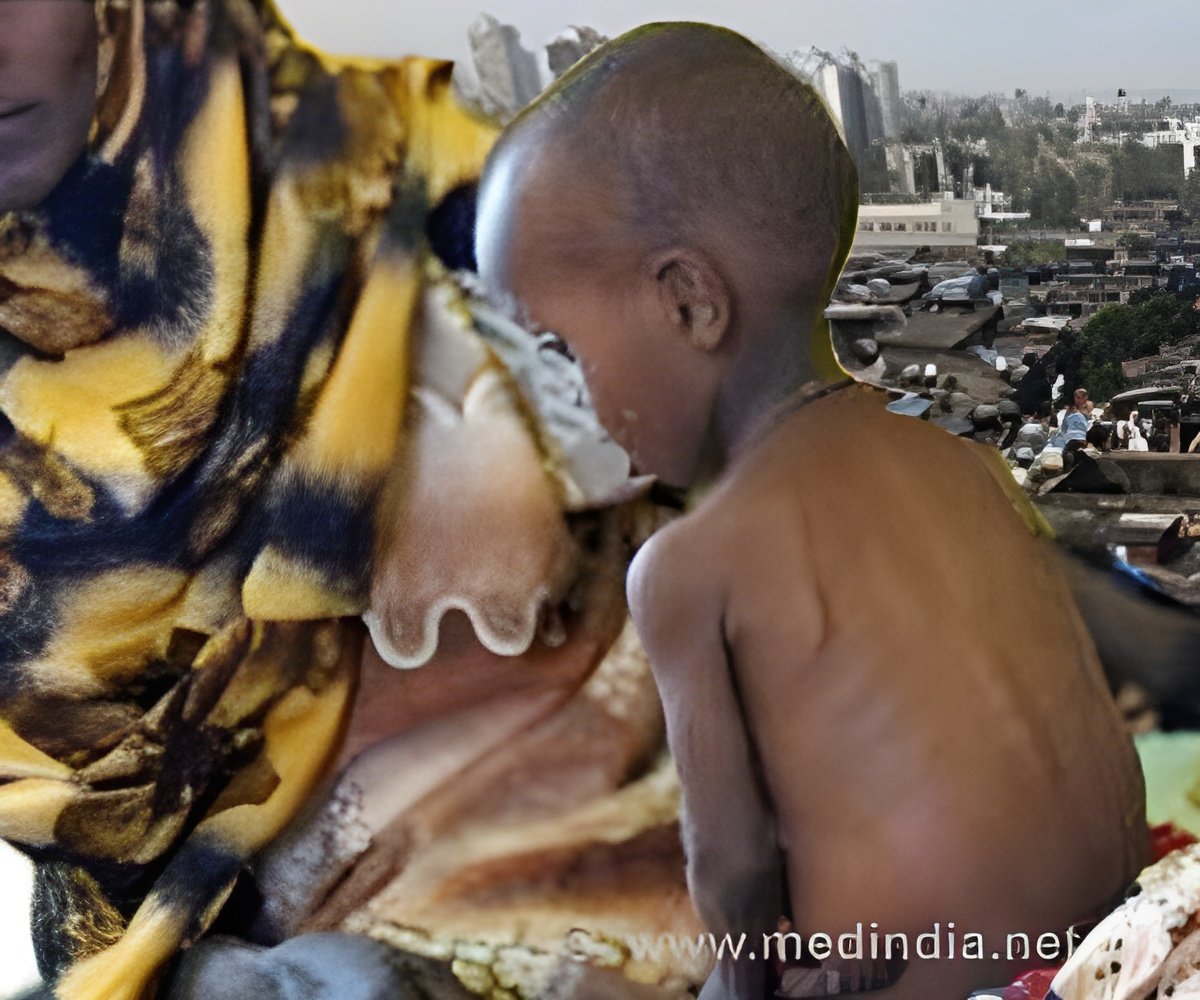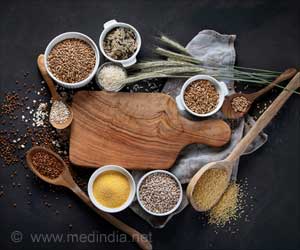
‘Urbanization has changed people's diet. Urban populations tend to consume high-calorie, high-fat, sugary and processed foods.’
Tweet it Now
"India faces a paradoxical situation -- its rapid economic growth is coupled with a much slower decline in undernutrition," the sixth annual report noted. The country continued implementing its National Food Security Act (NFSA, under which 99.4 million households are entitled to 5 kg of subsidized food grain per person per month), Mid Day Meal Scheme (under which free lunches are supplied to students in primary and upper primary classes), and anganwadi centers (courtyard centers set up to combat child hunger and malnutrition) to tackle food and nutrition insecurity, the report added.
Less than 11 percent of the world was suffering from undernourishment globally, according to data from the Food and Agriculture Organisation. In India, the figure stood at 15.2 percent.
Of 32 million people who moved from rural to urban areas between 2001 and 2011, 7.4 million moved for work/business while 10.4 million moved with the household. Nearly 17 percent of the urban population, or more than 65 million people live in slums, a number that has more than doubled over three decades.
As much as 78 percent of the workforce is employed in the informal sector (excluding agriculture), which is mostly based in urban and semi-urban areas, the report said.
Advertisement
"Poor urban dwellers face unique nutritional challenges around accessing nutritious food, adequate employment, social protection, and adequate water, sanitation, and hygiene facilities, all of which affect food security and nutrition," the IFPRI report said.
Advertisement
"Distress migration to urban areas, unlike developmental migration, is urbanizing the issue of food insecurity," Anjani Kumar, research fellow at the I’PRI’s South Asia Regional Office and an author of the report.
While there is a positive discrimination towards rural areas in dealing with challenges -- for instance, the targeted public distribution system (PDS) aims to cover 75 percent of rural households and 50 percent of urban households under NFSA -- programs such as seeding PDS beneficiaries with their Aadhaar numbers will help avoid duplication and pilferages, Kumar said, adding that increased efficiency in PDS will enable an enhancement of coverage by 30 per cent or more, thereby reaching urban slums.
India is now faced with the twin-burden of under- and over-nutrition. While 38.4 percent of children under the age of five are stunted (low height-for-age) and 21 per cent are wasted (low weight-for-height), according to the National Family Health Survey, 2015-16 (NFHS-4), another study, of 18,001 students aged five to 18 from 27 schools, found 9.5 percent overweight and three per cent obese.
Also, while 22.9 percent and 20.2 percent, respectively, of women and men have body mass indices below normal, 20.7 percent and 18.6 percent, respectively, were overweight or obese, according to NFHS-4 data.
Studies showed that, with urbanization, people’s diets are changing:
Urban populations tend to consume more calories, yet a lower proportion of these calories comes from cereals or carbohydrates and more comes from fat.
Urban populations consume more meat and other protein, or consume different animal protein sources than rural counterparts, but less dairy.
They also consume more fruits and vegetables overall, though consumption of these food groups differs between richer and poorer urban populations.
Urban dwellers consume more non-basic foods, including sugary snacks among children, food away from home, and processed foods.
A study in an urban slum in Delhi, cited in the IFPRI report, found that 66 percent of households consume packaged snacks high in fat, with two-thirds consuming these daily.
Studies in India show that urbanization is associated with high blood pressure in men and with cardiovascular disease and higher cholesterol in other populations studied, the report said.
With more people adopting "urban diets", there have been some changes in the food supply change. For instance, the move away from staples such as rice and wheat to vegetables, fruits, dairy, meat and fish requires more infrastructure like cold storage, etc. There is also a growing preference for retail supermarkets over traditional markets among urban consumers.
While a study of prices of potato and rice in Delhi, Beijing and Dhaka showed that margins, a farmer on average made 69 percent of the retail price for rice in Delhi.
This is because the government sets a minimum support price for paddy -- and because unlike perishables such as fruits and vegetables, handling costs are lower, Kumar said.
As port-farmgate functions -- such as storage, transportation and distribution -- play an important role in prices and employment, policy makers should pay greater attention to the segment, the report said. Price shocks affect the poorest of the urban poor."
"The government launched a Unified Agricultural Marketing e-Platform in April 2016, a big milestone in improving farmers’ access to markets," the report noted.
While some farmers in some states are benefiting from the electronic National Agriculture Market and the Agriculture Produce Market Committees, the results are not widespread, and farmers continue to suffer due to the lack of direct contact with buyers/consumers, ’FPRI’s Kumar.
"As food and agricultural markets develop, quality and food safety standards will become increasingly important. More attention to these concerns is needed," the report added.
Source-IANS











